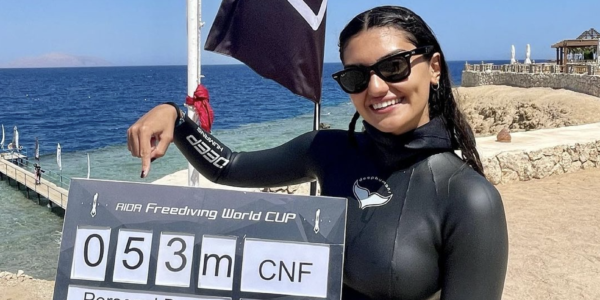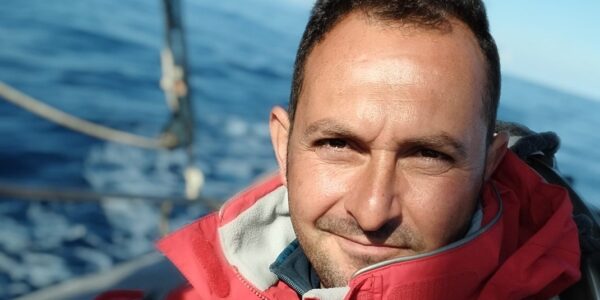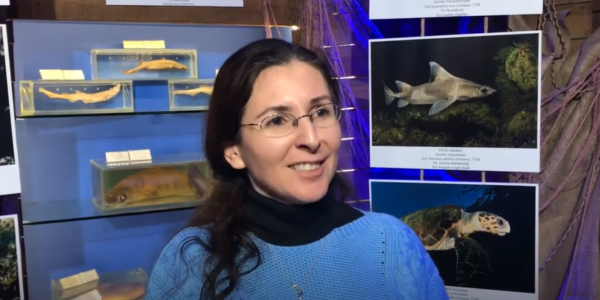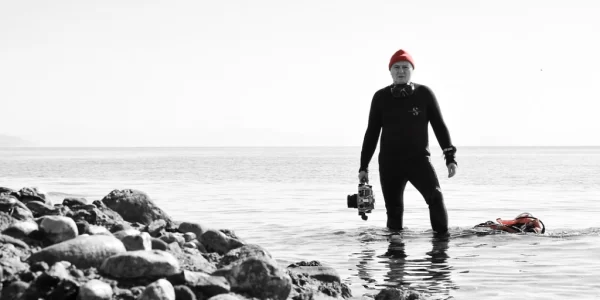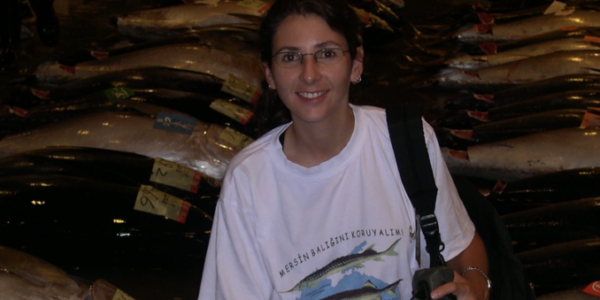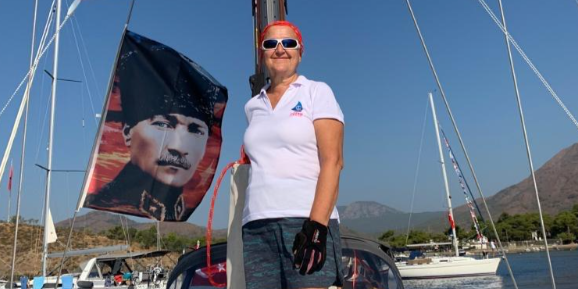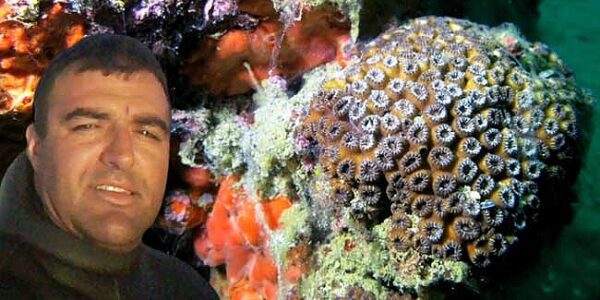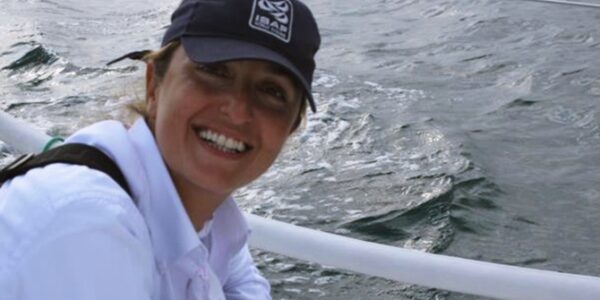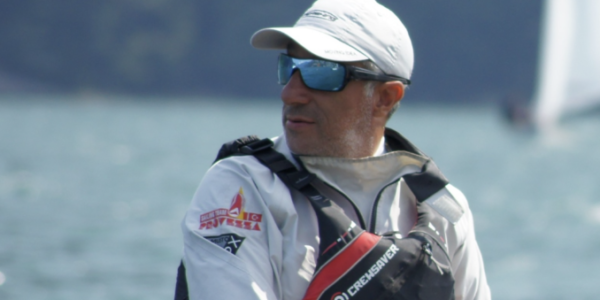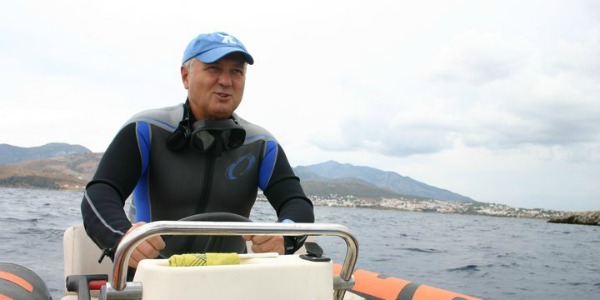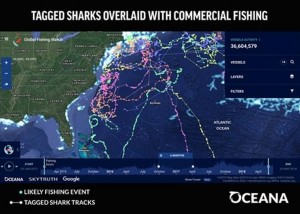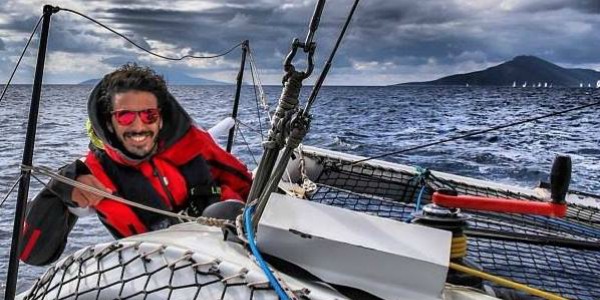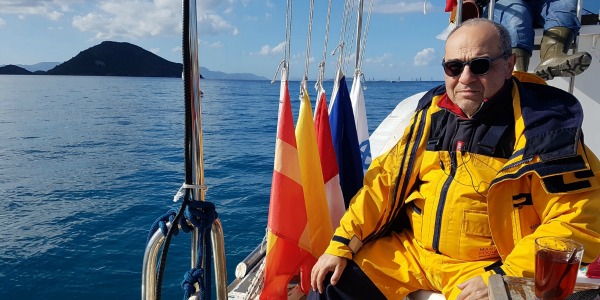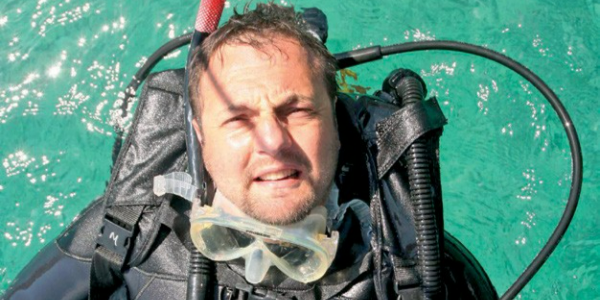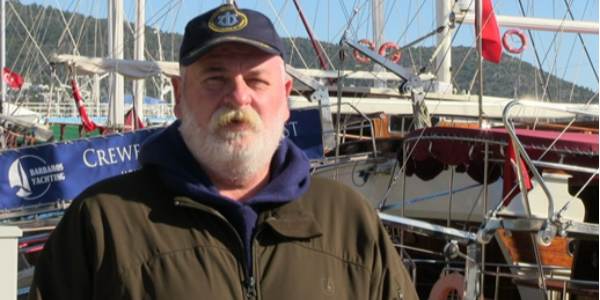If you want to know whether you’ll need a bigger boat, this new shark map might be for you.
The largest international ocean conservation and advocacy organization, Oceana, has created a new interactive map with animated shark tracks and commercial fishing activity along the East Coast.
To celebrate Shark Week and increase awareness of the threats that sharks face, Oceana partnered with experts Austin Gallagher, chief scientist and CEO of Beneath the Waves; Neil Hammerschlag, research associate professor at the University of Miami Rosentiel School of Marine and Atmospheric Science; and others to create the map.
The interactive map displays the movements of 45 tagged sharks overlaid with commercial fishing activity, Oceana said in a news release July 23.
“As people celebrate Shark Week, it’s important to remember that sharks are under threat,” said Beth Lowell, senior campaign director at Oceana, in the news release. “Using interactive tools like Global Fishing Watch, paired with tagged wildlife data, we can learn more about how commercial fishing impacts these animals. Oceana hopes to expand this initiative by collaborating with other researchers who are interested in sharing their marine wildlife tagging data.”
The sharks were added to the Global Fishing Watch platform to show how sharks overlap with commercial fishing, which can pose a threat to different shark species.
“Many species of large sharks remain highly vulnerable throughout our oceans, and the integration provided here highlights the magnitude of threats they face,” project leader Gallagher said in the Oceana release.
Hammerschlag also weighed in on the threats to sharks: “Highly mobile sharks, such as those reflected in this interactive map, often navigate through a gauntlet of fishing vessels with potential interactions. Many fishing gear types can put these sharks at risk, as both target and bycatch — especially in the international waters of the high seas where no catch limits exist for many shark species.”
The sharks on the map were tagged off the U.S. coast 2012-18, according to Oceana. The different sharks being tracked include:
▪ Blue sharks: One of the most common and widest-ranging sharks, named for their bright blue color.
▪ Tiger sharks: Known to eat human garbage including metal, plastic and food scraps and grow up to 18 feet long.
▪ Shortfin mako: A warmblooded shark, considered the fastest and able to reach speeds up to 20 mph.
Source: newsobserver
